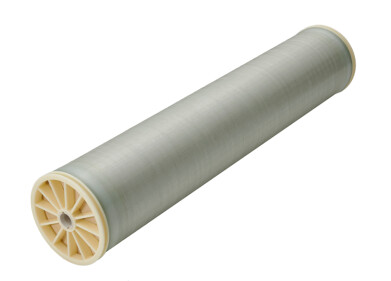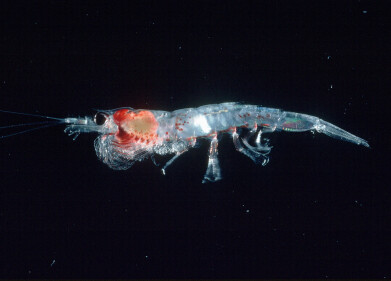Water/Wastewater
New Collaborative Alliance to Deliver Comprehensive, Cost-Effective Water & Wastewater Solutions to the Power Industry
May 20 2015
Envirogen Technologies, Inc. announced that it has entered into a Collaborative Alliance with Suez Environnement and will work with the environmental technology leader to deliver comprehensive, cost-effective water and wastewater treatment solutions to the power industry in North America. Effective immediately, the two companies will collaborate exclusively to pursue and execute major environmental projects for electrical power generation facilities, with each company contributing proven, proprietary technology and extensive experience in developing high-performing, low lifecycle cost solutions. The Alliance will combine Suez Environnement’s capabilities in physical/chemical treatment technologies with Envirogen’s expertise in biological treatment, but can extend to include the breadth of the technology portfolios of both companies. Near term project targets for the Alliance include groundwater and landfill leachate treatment related to coal combustion residuals (CCRs), and flue-gas desulphurisation (FGD) wastewater treatment. Both of these areas will be governed by new US Federal regulations coming online in the next 48 months.
According to Richard Reese, President & CEO of Envirogen, it is the breadth and depth of Suez Environnement’s technology as well as the company’s strong presence in the power industry that makes it an ideal collaborator for Envirogen in this Alliance. “Meeting the new regulations for the power industry will require complex, comprehensive solutions with a high level of process-specific expertise and the ability to integrate and deliver systems flawlessly. Suez Environnement is a global leader in water and wastewater equipment solutions with exceptional experience in major projects. Working together, we believe we can deliver end-to-end solutions,” he said. “This Collaborative Alliance will offer a unique opportunity for the power industry. When power companies work with us, they will be working directly with world-class experts in the systems and technologies that are critical to their projects. At the same time, the teams we put together will have hands-on experience in the process design, engineering, installation and operation of these systems. We will provide a new type of resource to the power industry, where we can not only deliver guarantees for performance and asset life of these installations, but where we can do so at lower capital and lifecycle costs than anyone else in the industry,” he added.
The U.S. Environmental Protection Agency (EPA) is revising the Clean Water Act’s Effluent Limitation Guidelines (ELG) for the steam electric power industry that will change how many power plants manage and treat wastewater in the United States. New regulations that cover flue gas desulfurization wastewater are expected to be implemented for more than 200 U.S coal-burning power plant facilities. It is expected that contaminants such as mercury, arsenic and selenium will be regulated to low levels at these facilities. At the same time, new regulations are being implemented on coal combustion residuals (CCRs), commonly known as Coal Ash, that are disposed of at large surface impoundments and landfills. These residuals contain contaminants like selenium, mercury, cadmium and arsenic. In both cases, treatment will require a range of processes that include both physical/chemical and biological technologies.
Best-in-Class Biological Technology + In-Field Experience Key to Offering
Recent work in the mining industry and significant pilot tests in the power industry have shown that biological treatment is often the highest performing, most reliable and least cost solution in treating selenium, nitrate and other oxyanions that are at the heart of some of the new power industry regulations. Envirogen has a long track record in biological treatment, with numerous installations of its Fluidized Bed Reactor (FBR) technology in North America. This track record includes compelling performance and economic advantages in commercial installations and pilot work in treating selenium at coal mines. The ability to reliably remove selenium, other metals and nitrate to very low levels will be critical to helping the power industry meet their regulatory goals as the new FGD and CCR regulations come online.
According to Reese, one of the keys to deploying biological treatment to achieving selenium, nitrate and metals reduction targets in the power industry is integration with a range of pre- and post- treatment processes seamlessly and in a synergistic fashion. “The waste streams that are present in the power industry are incredibly complex and differ from site to site. It’s important that the best technology, tailored in multi-component solutions is brought to bear to meet treatment requirements cost effectively,” he said. “Suez Environnement has an incredibly broad technology portfolio and experience base in the power industry and can help realize the potential of biological technology in these applications. We’re excited to be working with Suez Environnement in this endeavor,” he added.
Events
Carrefour des Gestions Locales de L'eau
Jan 22 2025 Rennes, France
Jan 29 2025 Tokyo, Japan
Feb 05 2025 Nantes, France
Feb 16 2025 Kampala, Uganda
Feb 26 2025 Chennai, India





-as-feedstock.jpg)





